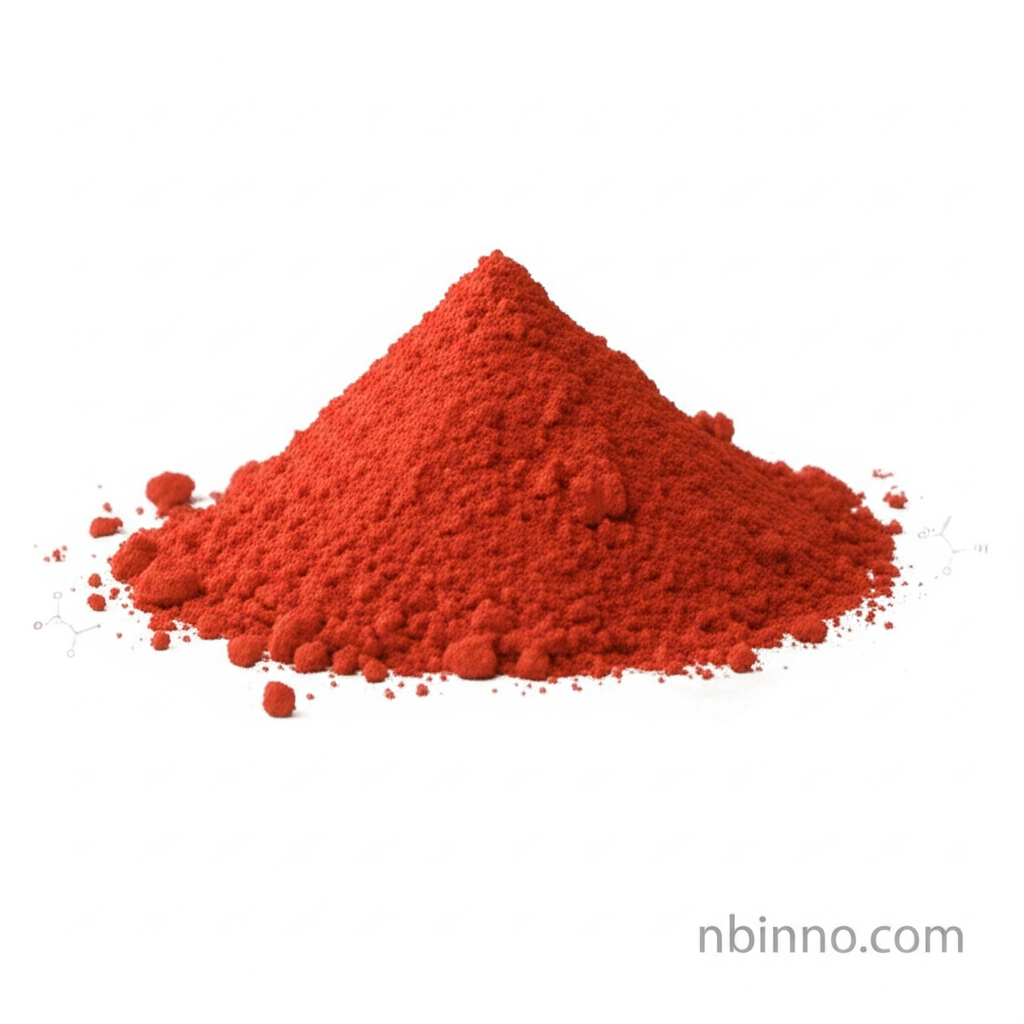Rifampicin 13292-46-1: A Potent Antibiotic for Diverse Bacterial Infections
Discover the efficacy and applications of Rifampicin, a key antibiotic for tuberculosis and other serious bacterial conditions.
Get a Quote & SampleProduct Core Value

Rifampicin
Rifampicin (CAS 13292-46-1) is a powerful antibiotic essential for combating a range of bacterial infections, most notably tuberculosis. Its high purity and efficacy make it a critical component in treating conditions like leprosy and Legionnaire's disease, often in conjunction with other antibiotics.
- Explore the uses of Rifampicin antibiotic, a vital agent in treating drug-resistant tuberculosis and S. aureus infections.
- Understand the importance of Rifampicin storage conditions to maintain its quality and efficacy for pharmaceutical applications.
- Learn about Rifampicin manufacturers and Rifampicin suppliers in China for reliable sourcing.
- Discover the value of Rifampicin as a key pharmaceutical intermediate in the synthesis of complex drug compounds.
Key Advantages of Rifampicin
Broad-Spectrum Efficacy
Rifampicin demonstrates significant effectiveness against various bacteria, including those causing tuberculosis and leprosy, making it a versatile therapeutic agent.
High Purity Standard
With a purity of 99% min, this Rifampicin meets stringent quality standards required for pharmaceutical applications, ensuring reliable treatment outcomes.
Critical Role in TB Treatment
As a cornerstone in tuberculosis treatment, Rifampicin is crucial for eradicating the bacteria and preventing the recurrence of this serious infectious disease.
Key Applications
Tuberculosis Treatment
Rifampicin is a primary antibiotic in the multi-drug regimen for treating all forms of tuberculosis, making it invaluable in global health initiatives.
Leprosy Management
It plays a key role in the multidrug therapy for leprosy, helping to achieve remission and prevent further transmission of the disease.
Other Bacterial Infections
Effectively used against infections like Legionnaire's disease and certain strains of S. aureus, showcasing its broad utility.
Pharmaceutical Intermediate
Its well-defined chemical properties make it a valuable intermediate in the synthesis of other pharmaceutical compounds.
